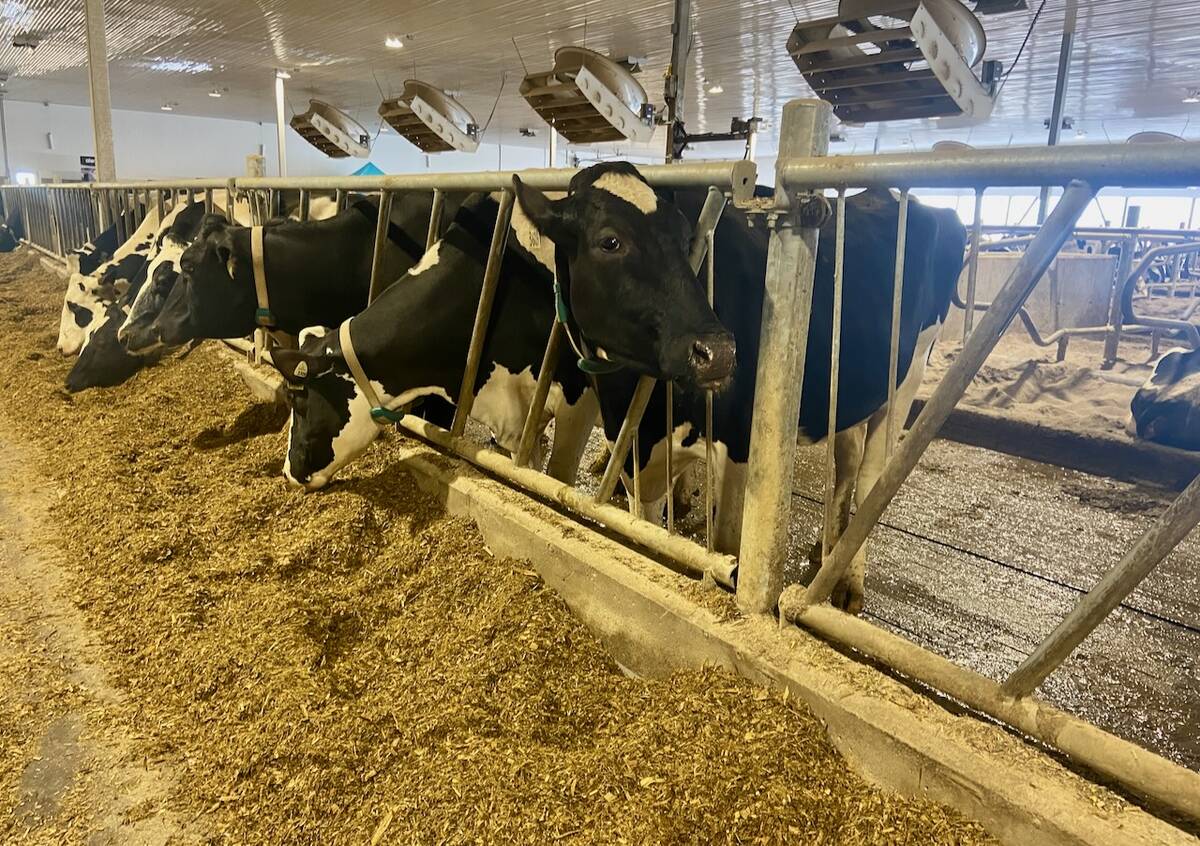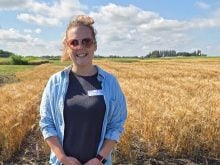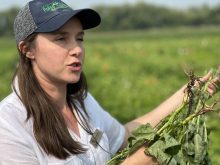GILBERT PLAINS, Man. – Variety is the spice of life and spice is the variety in Murray Stoughton’s crop rotation. The Gilbert Plains farmer has grown caraway and coriander, but this year he tried something new with dill.
“These spices have a steep learning curve. They’re not for the faint at heart,” he said. “Don’t grow any more than you can afford to lose.”
Growing eight acres of the spice came with production challenges. Dill is not a competitive crop. It is susceptible to many elements and has limited pesticide options. But Stoughton said the biggest challenge was harvesting the crop’s light seeds.
Read Also

U.S. farm group supports supply management
U.S. grassroots farm advocacy group pushing new agriculture legislation that would move towards supply management like Canada has for dairy industry
“It is unbelievably hard to set the combine to keep it in.
“We got about two minibulk bags worth of seed and just spiking out samples I think there’s less than 20 percent product in what’s there.”
Stoughton’s crop was hit with two early season frosts but in a normal year, an average dill crop yields about 800 pounds per acre and sells for 30-35 cents per lb. Selling the crop is no easy feat since the market for Canadian dill is small. Stoughton planned on using a Saskatchewan based broker who sells the seed into American food flavouring markets.
Stoughton’s wife, Karen, bagged some of the fresh dill to sell at local grocery stores but found there wasn’t much of a market since most people in the area grow dill in their own gardens.
“You need to be close to an urban centre for that,” he said.
He may try dill again since he never got to see the crop’s full potential this year. His advice to anyone interested in growing spice crops is to research the crop and start on a small scale.
Stoughton’s try-anything-once approach to farming is apparent in the diversification of his operation.
In 1980, he and Karen took over his father’s half of their farrow-to-finish hog operation. When the barns were in need of upkeep, Stoughton didn’t see the business as profitable enough to expand. Today he keeps enough hogs for the family and their neighbours.
“It wasn’t going anyplace. The barn’s wore out and we couldn’t justify building new ones.”
So the couple got into the egg business, purchasing a neighbour’s quota and setting up a licensed grading station. At peak production, they kept 1,600 chickens, selling eggs to area grocery stores. Stoughton sold his quota 14 years later when their “labour force was gone.”
He is referring to his children. Candice, now 23, works in accounting in a nearby community but still helps on the farm and Shawn, 21, also works off the farm on a casual basis as a mechanic.
“The chickens were good money. They put the kids through school. But you’ve got to always be there when you have them,” said Karen. Since leaving the egg business, she has more time to do things she enjoys.
“I don’t mind gardening now because I can do it. I’ve got the time.”
Karen, who also works part time, transformed the former egg grading station into an on-farm kitchen. Using a commercial noodle making machine modified with parts ordered from Italy, she makes and packages pasta to sell to local stores. While she describes the business as a hobby, it also brings in spending money and was a good way to use surplus eggs. She now buys her supply from her brother. Her winter project will be experimenting with freeze-dried dill in her noodle recipes.
Today, Stoughton’s focus is custom seed cleaning and pedigreed seed sales. He and brother-in-law Bob Tokar operate T and S Seeds. They are in their 10th year of custom seed cleaning and sixth year as pedigreed seed growers. He said the market for certified seed in the area is small but seems to be growing.
Stoughton, his father, son and Tokar crop 2,300 acres growing canola, oats, wheat, beans, peas, mustard, grasses and spices.
Though he jokes about exiting certain ventures because he “made too much money,” Stoughton said the farm does support two families. The 107-year-old farm has seen five generations, three of which are actively farming today. His father Don still helps in the daily operations and Shawn is interested in farming full time.
Murray calls it a family oriented farm.
“We couldn’t make it fly without taking over from my parents. It’s a family effort and everybody does their part.”














